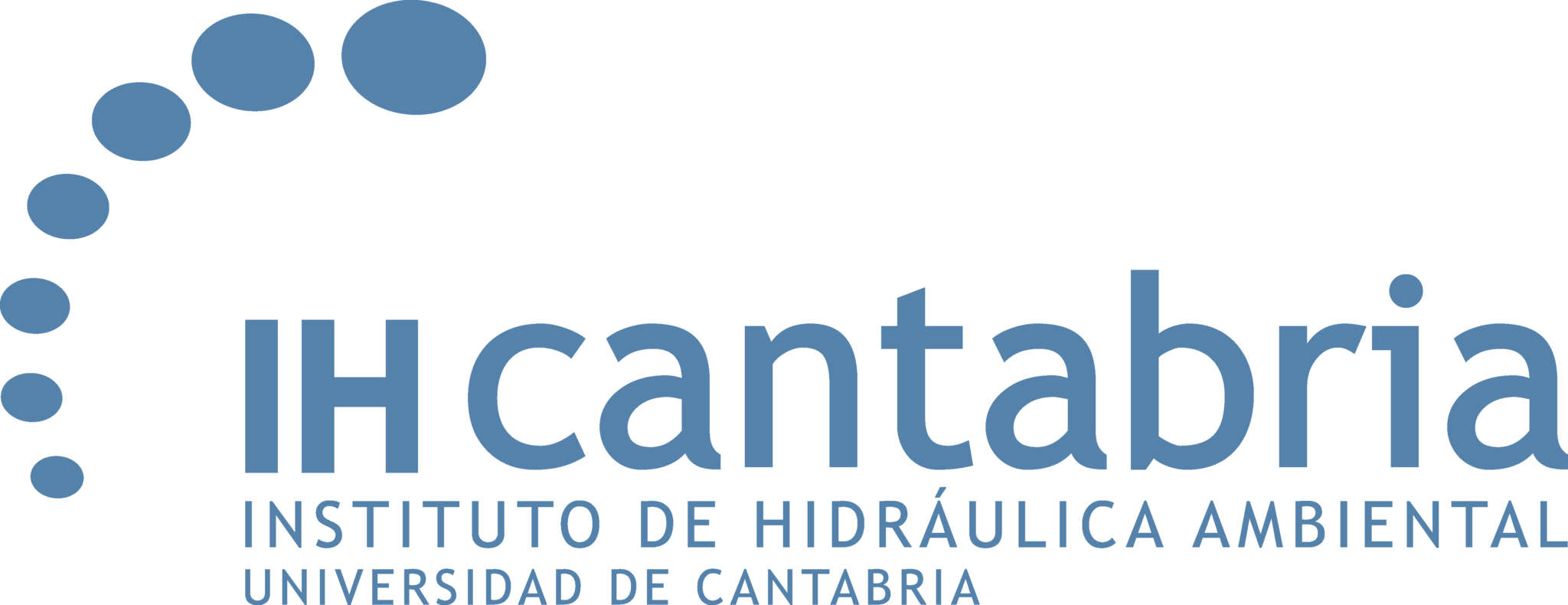NEWS
IHCantabria makes available an open source library to improve risk analysis related to heavy rains
The library simplifies access to a mathematical model to represent rainfall, which will improve the analysis of extreme precipitation events; this will contribute to better flood mapping and more effective protection measures.
Research staff of the Environmental Hydraulics Institute of the University of Cantabria (IHCantabria) has participated in the creation of an open source library that allows the reproduction of several characteristics of precipitation series, including their spatial distribution, to better analyze the risks derived from precipitation, such as floods, and the uncertainty at sites with few years of observation.
It is NEOPRENE, a Python library that allows to emulate the generation of spatial rain from the application of the process described by Neyman-Scott. This open source library could be helpful for the work of scientists and professionals from various disciplines to generate synthetic time series and rainfall maps. Its results are useful to explore potential extreme events, never observed in the past and that could happen in the future.
The journal Geoscientific Model Development has published detailed information about the characteristics of NEOPRENE, which can be consulted on the interactive community platform EGUsphere, where it is explained how to use this library to reproduce daily precipitation and how to use synthetic generation to improve the characterization of extreme events. The authors of this article are Javier Díez Sierra, from the Institute of Physics of Cantabria(IFCA), together with Salvador Navas and Manuel del Jesus, researchers from IHCantabria.
In addition to explaining the characteristics of the NEOPRENE library, these researchers describe in their article how they used this tool in two locations, where they were able to reproduce rainfall on daily and hourly scales. The results of their study allow them to conclude that it is indeed possible to adequately capture extreme precipitation regimes and, therefore, improve estimates of dynamics such as those that produce floods. Therefore, NEOPRENE will contribute to improve the analysis of risks related to extreme precipitation events, in addition to providing useful information for a more accurate mapping of potential floods and more effective protection measures.
For the development of the NEOPRENE library, some of the most advanced statistical techniques for the characterization of atmospheric dynamics have been used, such as the use of spatio-temporal models based on the Neyman-Scott process to represent the spatial patterns of precipitation, different types of regression and automatic learning techniques. This is explained by Manuel del Jesus, head of the Hydroclimatology research group at IHCantabria, who recalls that the creation of NEOPRENE was inspired by the previous work of several authors, such as David Cox, Valerie Isham and Ignacio Rodríguez Iturbe.
According to Manuel del Jesus, “the NEOPRENE library was created with the objective of making available to the technical community an open source tool, with which it would be possible to faithfully reproduce precipitation time series of different characteristics”. It is free to access and easy to use, which benefits more people and expands its impact and replication in more studies.
This tool is expected to serve as a basis for the development of future research, such as the creation of a system that will allow forensic analysis of past rainfall, to understand whether it was the spatial structure of the rainfall, or other factors, that caused a particular flood. NEOPRENE is also planned to be implemented in other open source software programs in order to perform more comprehensive analyses of flood impacts.

Effects of rain in the Barros Industrial Park in January 2015. Image by IHCantabria.



